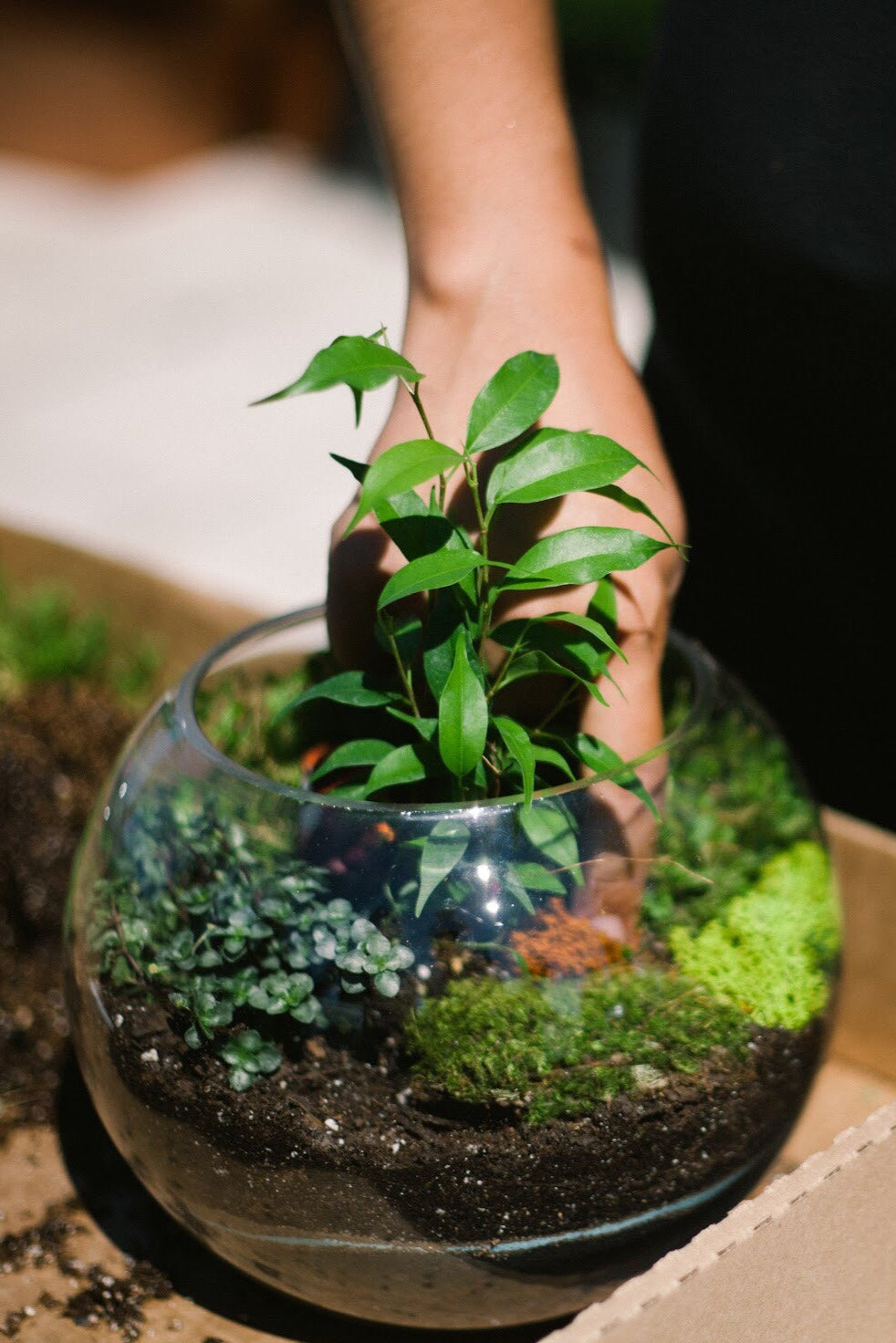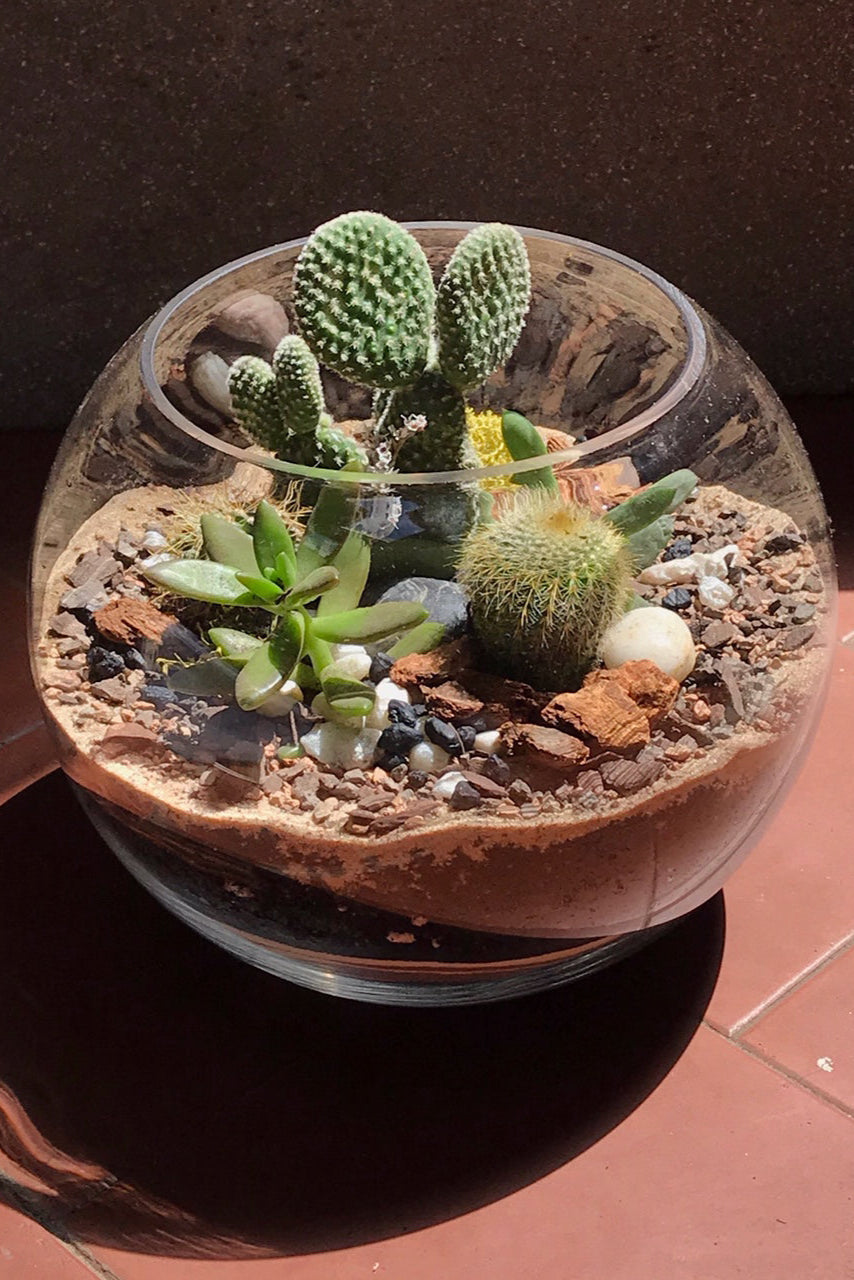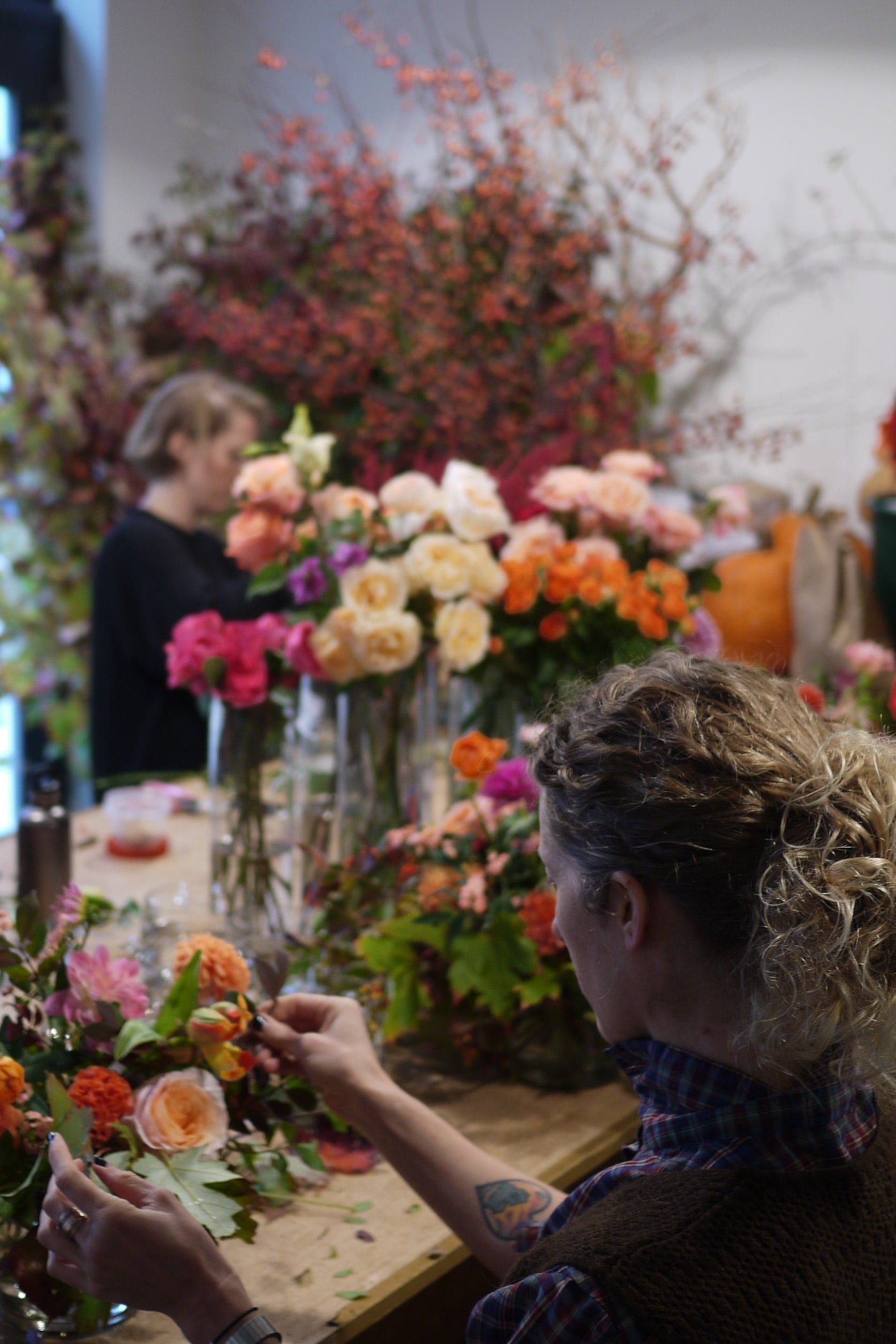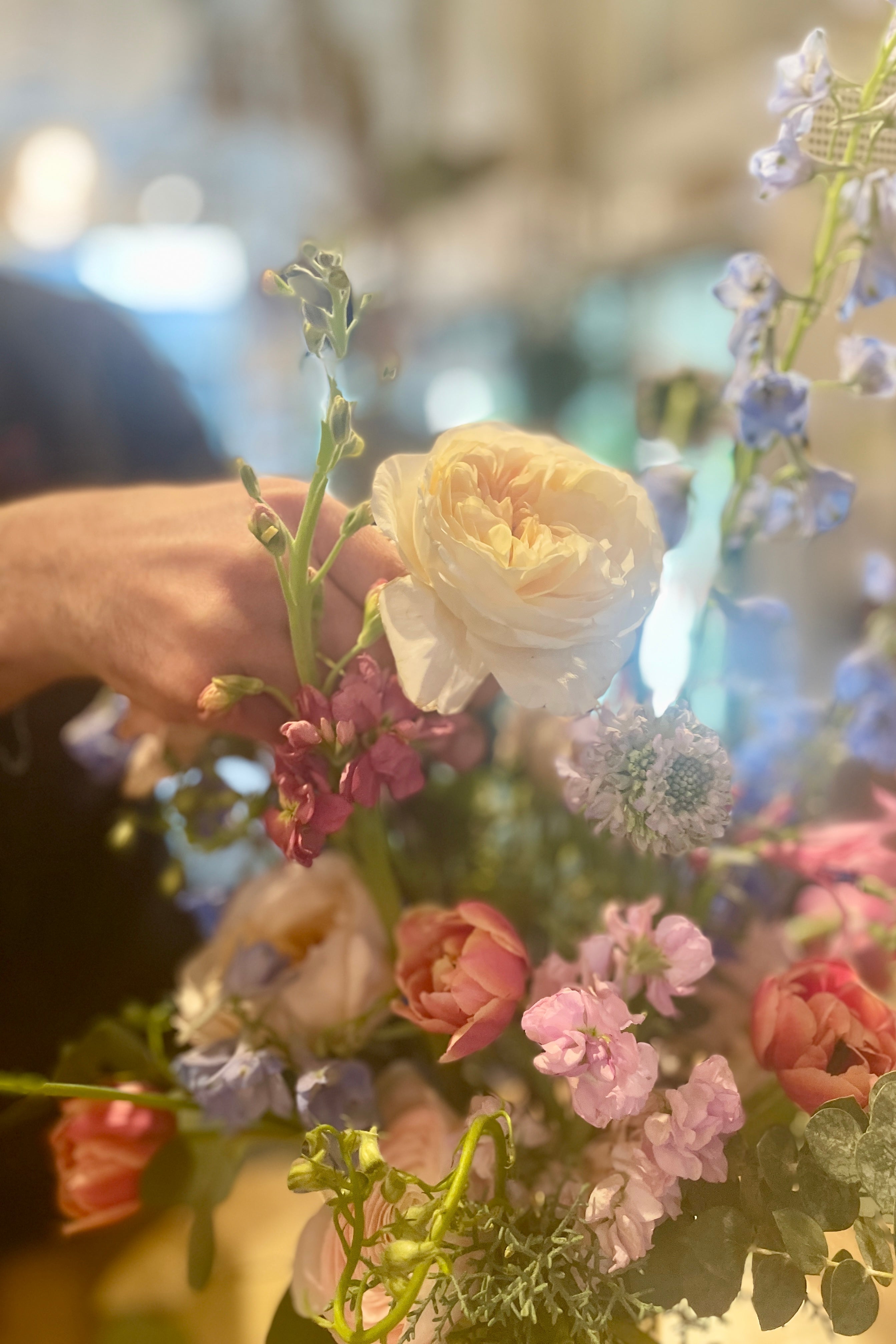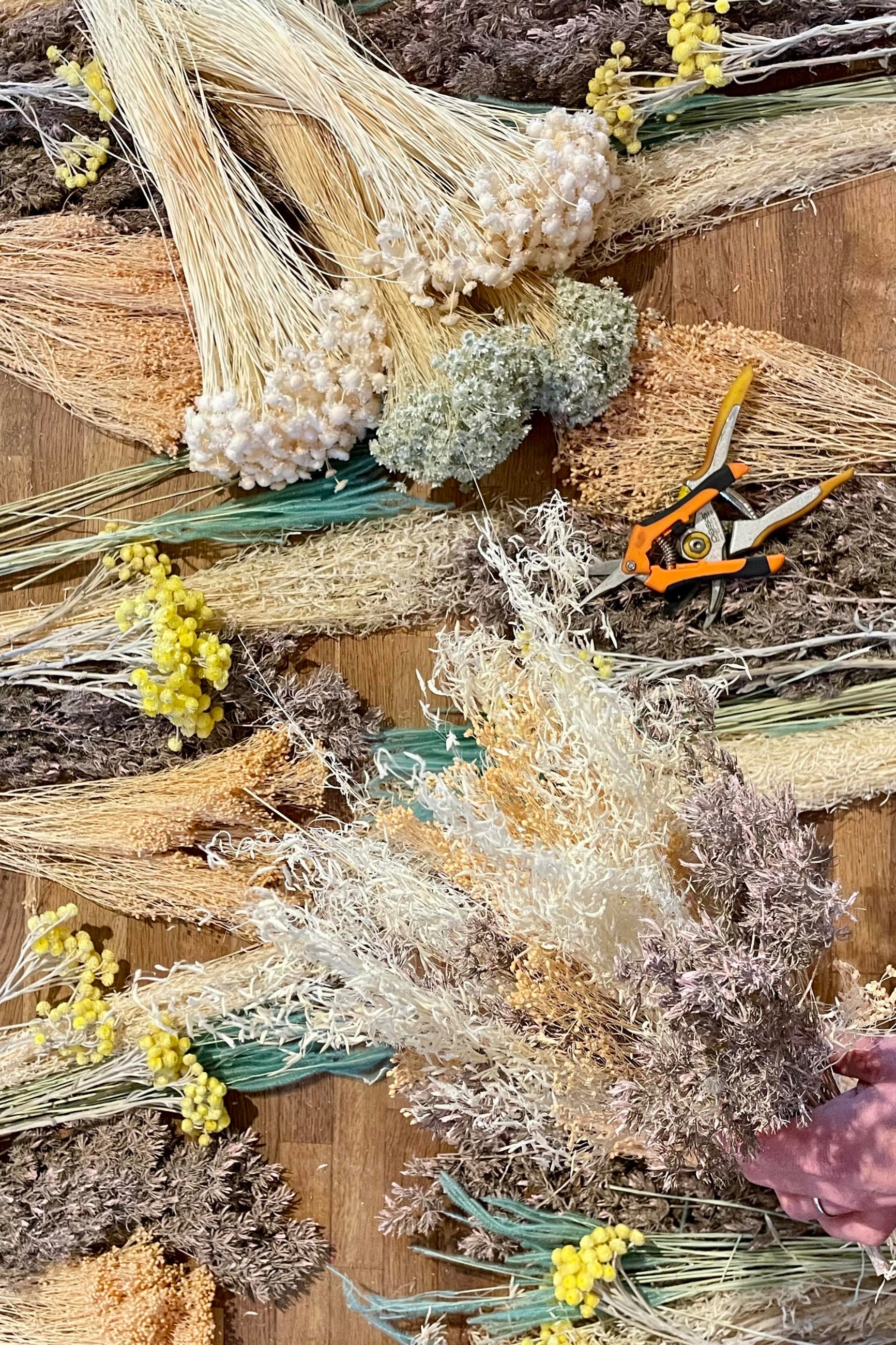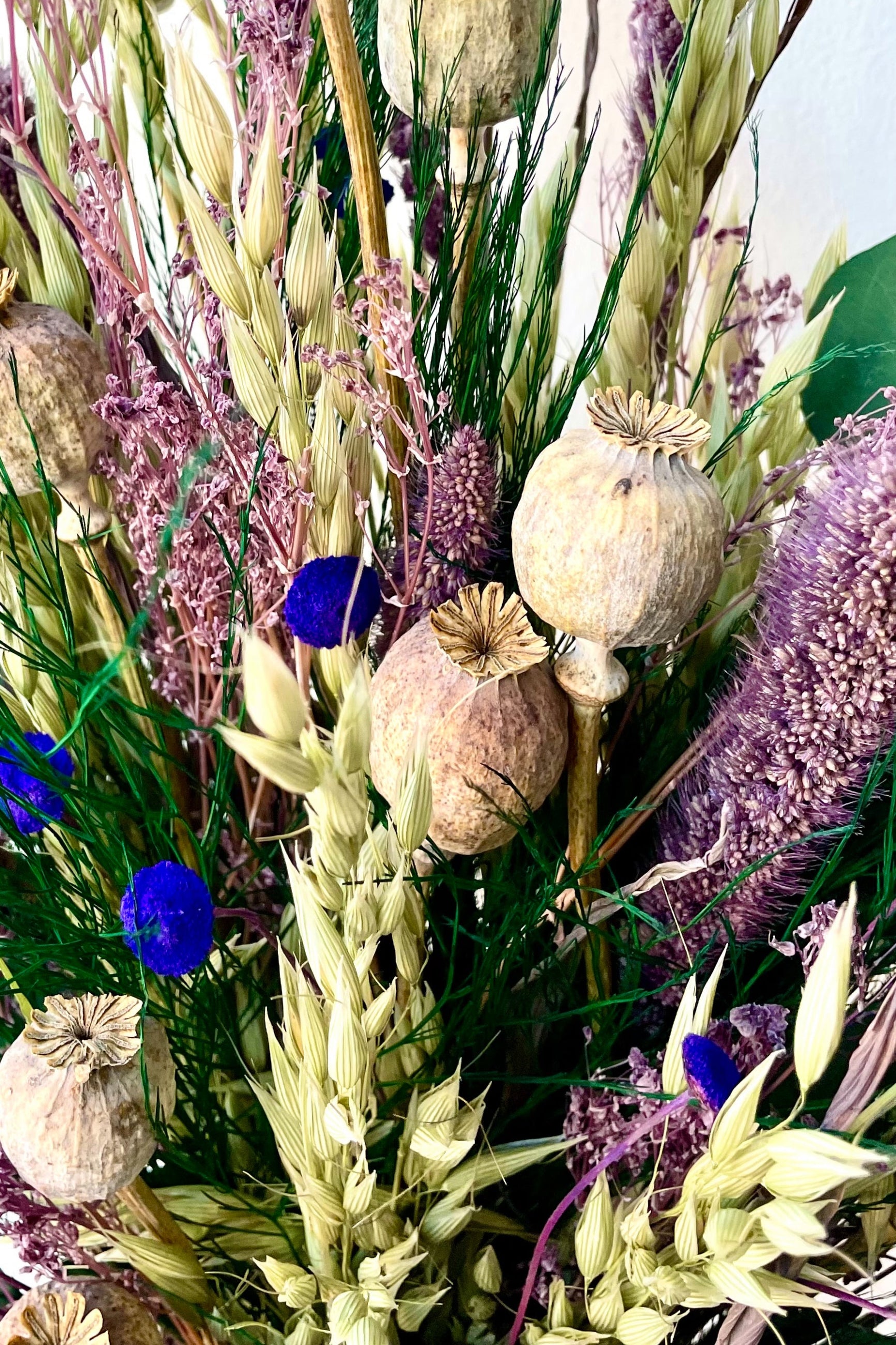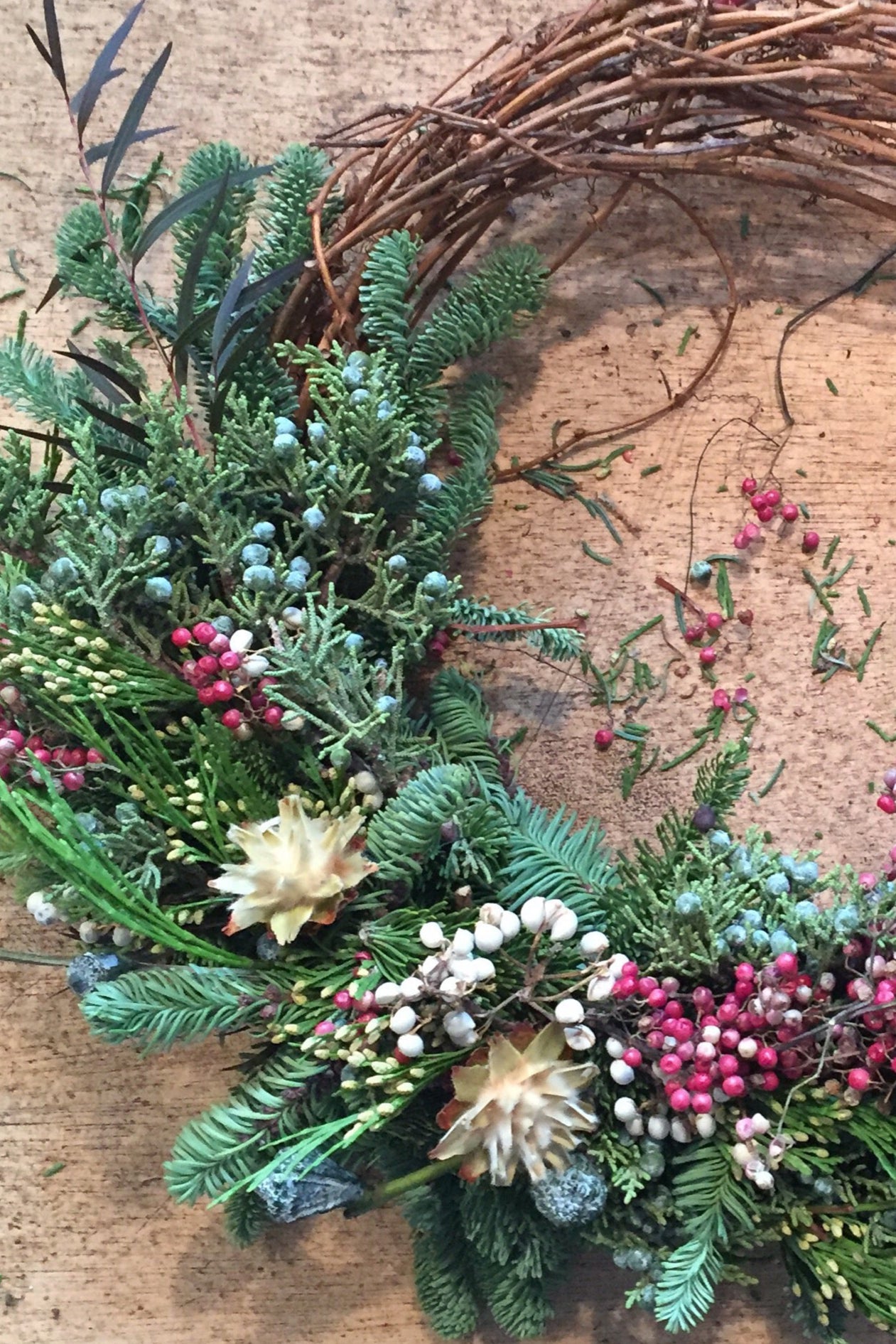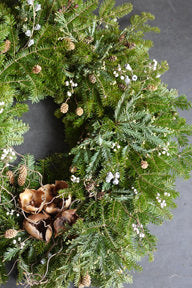Light: Ferns do best in bright but indirect light. Do not place it in a window where direct sunlight will burn the leaves. Indirect light from a north-facing window is ideal. They are considered to do well in lower light conditions compared to many other houseplants.
Water: Keep the soil damp, but not wet and soggy; most ferns like evenly moist soil. If the soil feels dry to the touch at one to two inches below the surface, that means it is time to water again.
Environment: They prefer temperatures that range from 60-75 degrees and they do not like extreme temperature or dry air, so be sure to keep them away from drafty windows or doorways. All ferns like high humidity, so keep them either on a tray with pebbles filled with water or mist the leaves daily to keep them lush and happy. Do not place them near radiators or the AC.
Toxicity: Reported to be non-toxic
Of Note:
- Depending on growth, ferns may need to be divided into multiple containers in the spring.
- Some common ferns include: maidenhair, Boston, button, heart, arrowhead, and blue star varieties. Despite the name, the asparagus fern is not a true fern but a flowering plant in the asparagus family
- Ferns reproduce via spores, which you may see as bumps on the back of the leaves and should not remove.
- Many ferns depend on associations with mycorrhizal fungi. Due to the fern’s love of humidity, you may see mushrooms pop up in the soil occasionally. This is normal, but if you ever see mold or fungus covering the soil, you may need to increase air flow around the plant.


